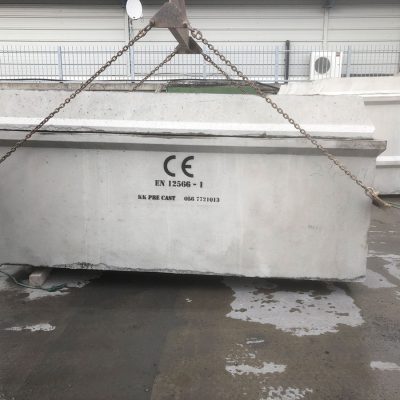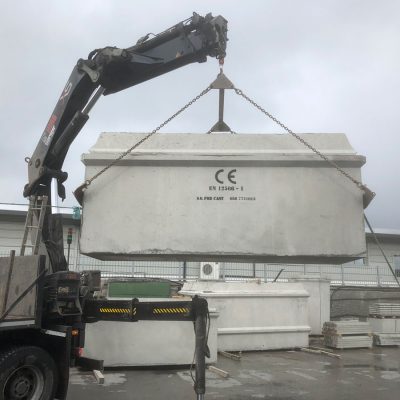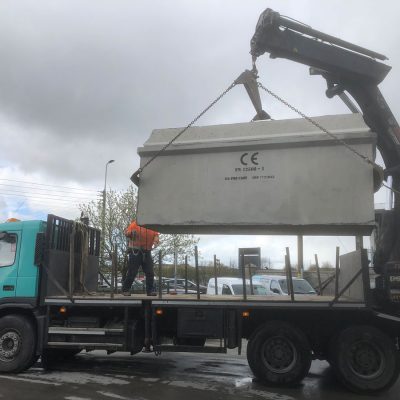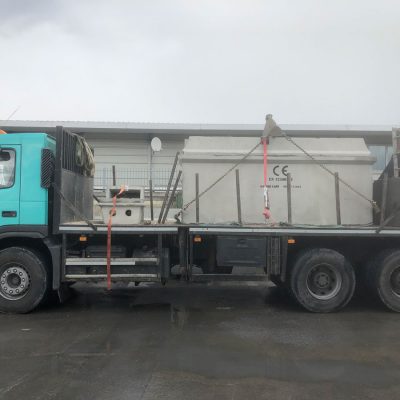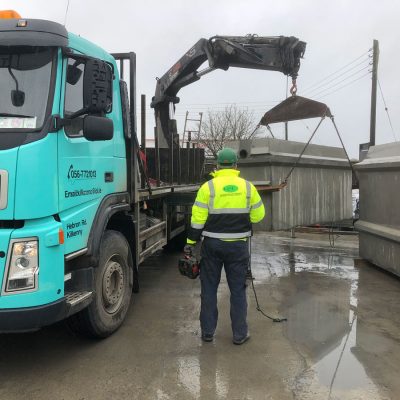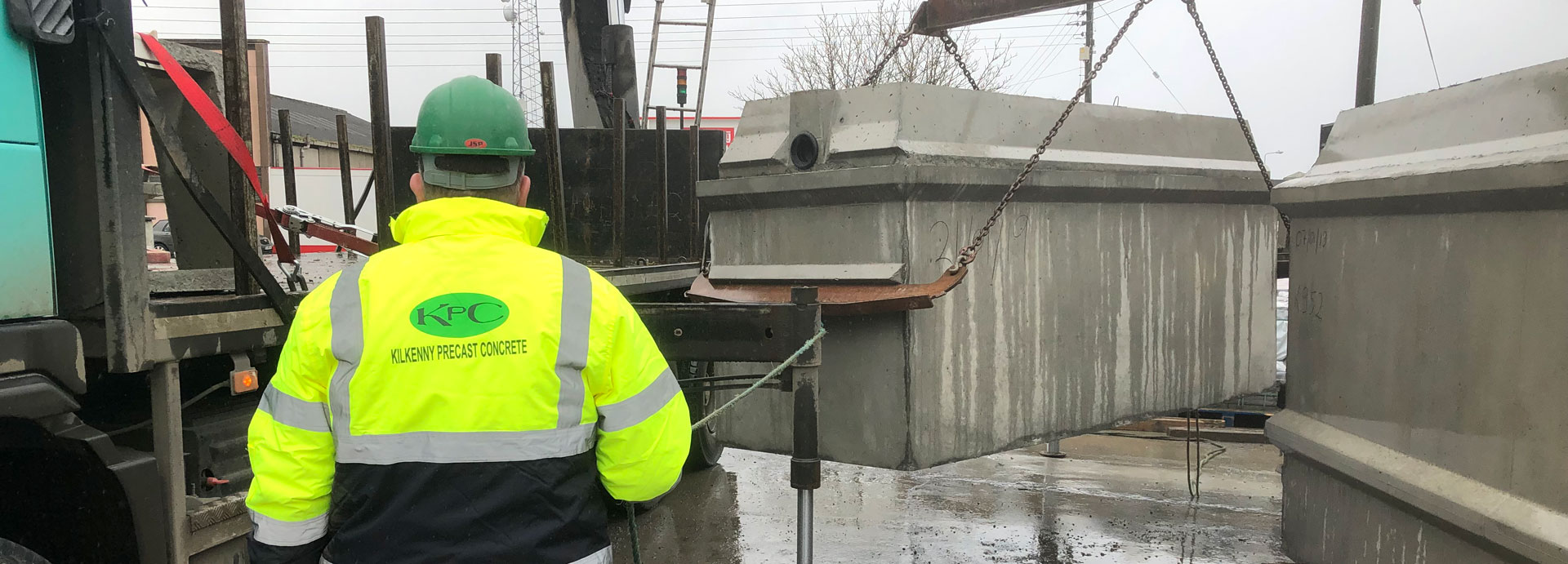
Our Septic Tank system incorporates the two-stage tank and percolation field.
 Material entering the tank does so through a ”T” piece, which avoids excessive turbulence in the chamber by breaking the speed of the incoming effluent. By discharging at mid depth in the tank, the scum at the surface is not broken and ideal conditions for the first stage of the treatment are maintained.
Material entering the tank does so through a ”T” piece, which avoids excessive turbulence in the chamber by breaking the speed of the incoming effluent. By discharging at mid depth in the tank, the scum at the surface is not broken and ideal conditions for the first stage of the treatment are maintained.
The first chamber of the tank stills the effluent allowing the solid material to sink and floating material to rise. Some clarification of the effluent takes place here. The effluent then passes through an opening at approximately 500mm depth in the tank. Again this prevents floating material entering the second chamber and allows adequate depth for the build-up of solids between cleaning. A correctly functioning septic tank is always full of liquid. It is the build-up on the floor of the tank that requires removal from time to time. This ensures that the effluent spends sufficient time in the tank for it’s preliminary treatment.
Effluent leaving the septic tank requires further treatment by allowing it to seep through aerated ground. This is done through a distribution box, which guides the effluent through a series of open jointed pipes. Kilkenny Pre-cast Ltd., can provide a concrete distribution box if requested.
This stage of the treatment allows bacteria in the soil to break down harmful products, maintaining an ecologically sustainable system. Depending on soil conditions, the time necessary to complete this process will vary. This is accommodated by the provision of a percolation field. In order to size the percolation fields, a standard test is carried out (usually under the supervision of a building professional or representative from the local authority). Normally this is done as part of a planning application.
The construction of the percolation field is also described in EPA Manual For Wastewater Treatment Systems For Single Houses.
Additional Downloads
- Septic Tank Performance Results Cert – EN 12566-1
- SR66 Amendment
- Code of Practice for Wastewater Treatment Systems for Single Houses – Introduction
- Code of Practice Clarification – February 2012
- Code of Practice for Wastewater Treatment Systems for Single Houses – Part 1
- Code of Practice for Wastewater Treatment Systems for Single Houses – Part 2
- Performance Standards as published S.I. 223 of 2012



